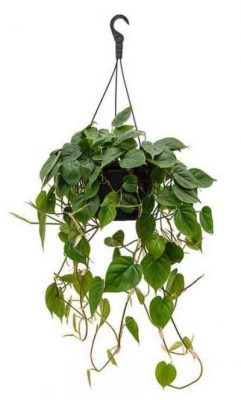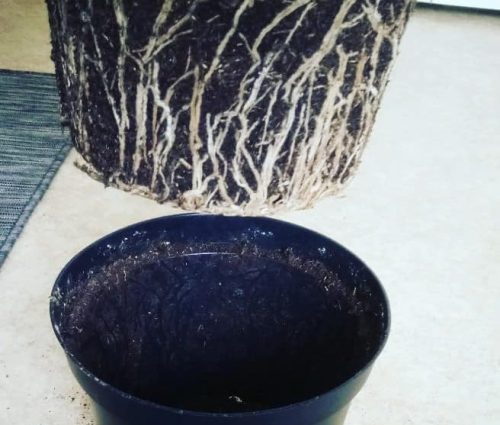Philodendron Scandens “Heartleaf Philodendron” “Sweetheart Plant” – Complete Care Guide

Philodendron scandens with its attractive heart-shaped leaves is one of the least demanding ivies which you can grow indoors. It looks excellent when climbing up a support or hanging down from a basket attached to a ceiling. An ideal houseplant for any home.


Light
The heart-leaf philodendron is able to survive in a shady place, let’s say about 3 m distance from a middle-sized east-facing window. However, in conditions such as these it will not flourish as much as it could – the shoots will be thin and elongated, the leaves sparse, small and dark green, and its growth stunted.
The ideal place for the philodendron to grow nicely is a bright place, but not one in direct sunlight, for example a north- or east-facing windowsill (mine grows at a distance of 0.5 m from an east-facing window). In such a place the plant will look impressive – the shoots will be healthy and thick, and the leaves dense and wide.
Here I would like to add that the philodendron’s leaves tend to turn towards the source of light (as do, by the way, the leaves of many other plants). If you want to avoid this, rotate the flower 180° every 2-3 weeks.
Watering
You should not water philodendron too often. Before every watering check whether the soil has dried out. Overwatering the plant can cause its roots to rot and the plant itself to die. This is particularly dangerous in winter, when ivy grows more slowly and takes less water.
Air humidity
The heart-leaf ivy likes a high-level of air humidity. To increase it, place the climber alongside other plants (philodendron is ideally suited to mixed compositions of plants) or mist if from time to time (which also keeps the leaves nice and clean). Alternatively, place the pot in a saucer, on pebbles partially immersed in water.
Cutting and supporting
The heart-leaf philodendron sheds its lower leaves after some time. It is quite a slow process (a few leaves a year). If the shoot becomes bare over a noticeable length, cut it just over the chosen node – after some time the shoot will start to grow back.
It is also worth pinching off the growing tips of the ivy every spring – thanks to that it will branch out and acquire a thick dense habit
Repotting

Philodendron roots fill the pot slowly, therefore repotting is rarely necessary, usually every 3-4 years. If you repot the philodendron, place it in normal soil for green plants, in a pot bigger by one size, remembering to provide for drainage at the bottom (expanded clay pebbles).
Diseases / pests
This plant is not particularly susceptible to pest infestation. It has never happened that any of my philodendrons have been infested by them. However, some sources say that the plant can become a target for mealybugs, scale insects or mites.
Rather than pests, it is the aforementioned rotting of the roots due to overwatering that is definitely the more common problem in the case of heart-leaf philodendron.
Propagation
It is most easy to propagate the philodendron with tip cuttings. Pot the cutting in moist soil, in a warm place (above 20°C (68°F)).
Toxicity
Parts of the leaves, if swallowed, are quite toxic and can cause vomiting and/ or stomach ache. Be careful if your cat or dog (or a small child) likes to nibble house plants. You will find more information on the subject of philodendron toxicity on the site of the Canadian Biodiversity Information Facility.
You will find a lot of general information about the care of potted flowers in the post “The basics of house plant care”.
Appearance
Heart-leaf philodendron is an ivy with vividly green heart-shaped leaves 5-15 cm (2-5 in) in diameter. The leaves grow on shoots which can reach a length of 3 m (10 ft), and which easily branch out if pinched off. The yearly growth of one shoot is from 30 to even 100 cm (12-40 in).
Origin
Philodendron scandens (syn. philodendron oxycardium) is the member of Araceae family. It comes from South America.
It has been grown as a house plant since the middle of the 19-th century.
It is also known as “sweetheart plant” and “heartleaf philodendron”
